Information from Viet Duc Friendship Hospital shows that lumbar spine degeneration or lumbar disc herniation is one of the most common spinal diseases today and is showing a tendency to become younger.
This is a common cause of lumbar spine pain, accompanied by corresponding neurological symptoms.
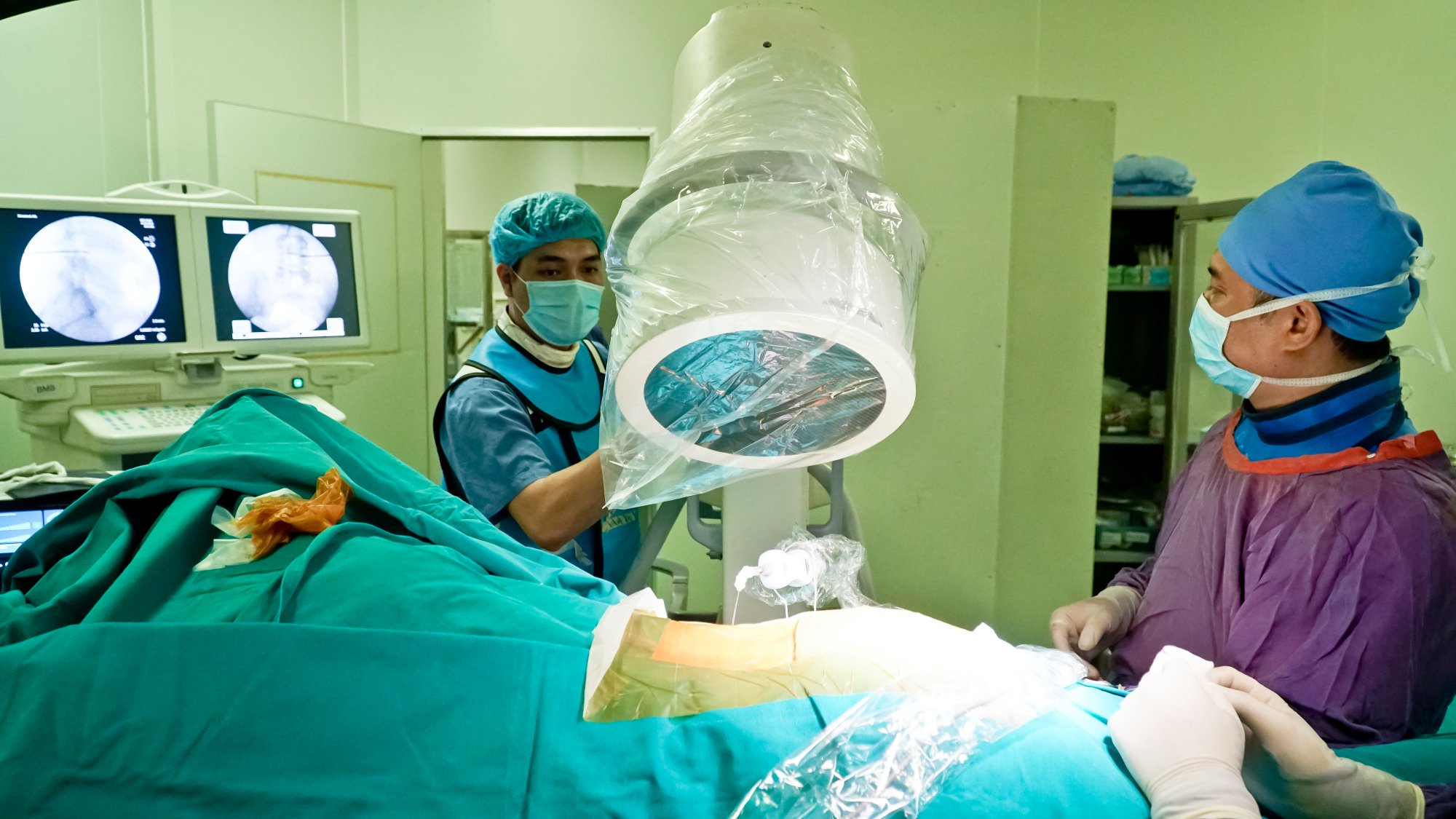
Herniated disc disease is increasingly younger.
In the US, about 2 million people have to take time off work each year due to lower back pain. Meanwhile, according to research and statistics centers in Europe and the US, up to 70% of the population has at least one lower back pain in their lifetime.
According to experts, there are many causes of disc herniation such as spinal degeneration, which often occurs between the ages of 30 and 50. Over time, the outer cartilage ring becomes fibrotic, the nucleus pulposus of the disc dries out, loses elasticity, herniates into the spinal canal, and compresses the nerves.
Spinal trauma due to accident or heavy labor, sudden strong impact causes tear or displacement of the disc.
Congenital spinal syndromes such as hunchback, scoliosis, spinal spurs as well as genetic factors of weak spine characteristics from parents.
Weight gain and obesity increase the pressure on the discs. Carrying heavy objects, sitting for hours in the wrong position, and exercising and playing sports incorrectly can cause serious damage to the spine, leading to a high risk of disc herniation.
Diagnosis is mainly based on clinical examination and MRI images of the lumbar spine, in which MRI images of herniated masses are the gold standard for diagnosis.
Regarding treatment, there are many treatment options depending on the level of pain, the level of nerve compression and the level of impact on the patient's quality of life. Hernia treatment methods can be listed as: internal medicine, rest, rehabilitation exercises, surgery...
Experts also say that lumbar spine pain is a symptom that appears in most patients with herniated discs, but the level of pain depends on each specific case. The pain can be severe with stiffness of the muscles next to the spine, but there are also many cases of dull pain that increases with vigorous movement or changes in posture.
Radicular pain in the leg when the herniated mass compresses the nerve root will usually stimulate and manifest pain along the path of the compressed nerve root. Herniation is most common in the lumbar disc L45 and L5S1 (the disc between the 5th lumbar vertebra and the 1st sacral bone).
Therefore, the three nerve roots that are often compressed are the L4, L5, and S1 nerve roots. Radicular pain symptoms can manifest in one or both legs and often start from back pain and then the pain moves along the nerve roots through the buttocks, down the thigh, through the knee, and down the calf.
Numbness in the legs is often a symptom mixed with leg pain. The longer the compression lasts, the more numbness in the legs increases.
Muscle atrophy - this is a symptom of late stage of the disease or large herniated disc compressing high in the lumbar spine. When the patient has muscle atrophy due to herniated disc compressing nerve roots, surgery should be prioritized.
Leg weakness - this is also a late symptom of the disease. When the nerve root is compressed too severely or for too long, damage that reduces or loses control of the nerve root's movement will occur, manifesting as paralysis of the muscle mass in the area controlled by that root. Most commonly, the patient has reduced or lost flexion and extension of the ankle, and limited thigh lift if the hernia is high.
Sphincter disorders are rare, often occurring when the hernia is too large or the hernia is located high (L23, L34...).
To prevent disc herniation, it is necessary to eliminate the cause of the disease, paying attention to proper posture during work, movement and activities, especially working posture, sitting posture, and heavy lifting. When lifting heavy objects, you should sit down, lift the object, then slowly stand up, avoid the habit of standing, bending down, and lifting heavy objects; you need to exercise properly.
Source



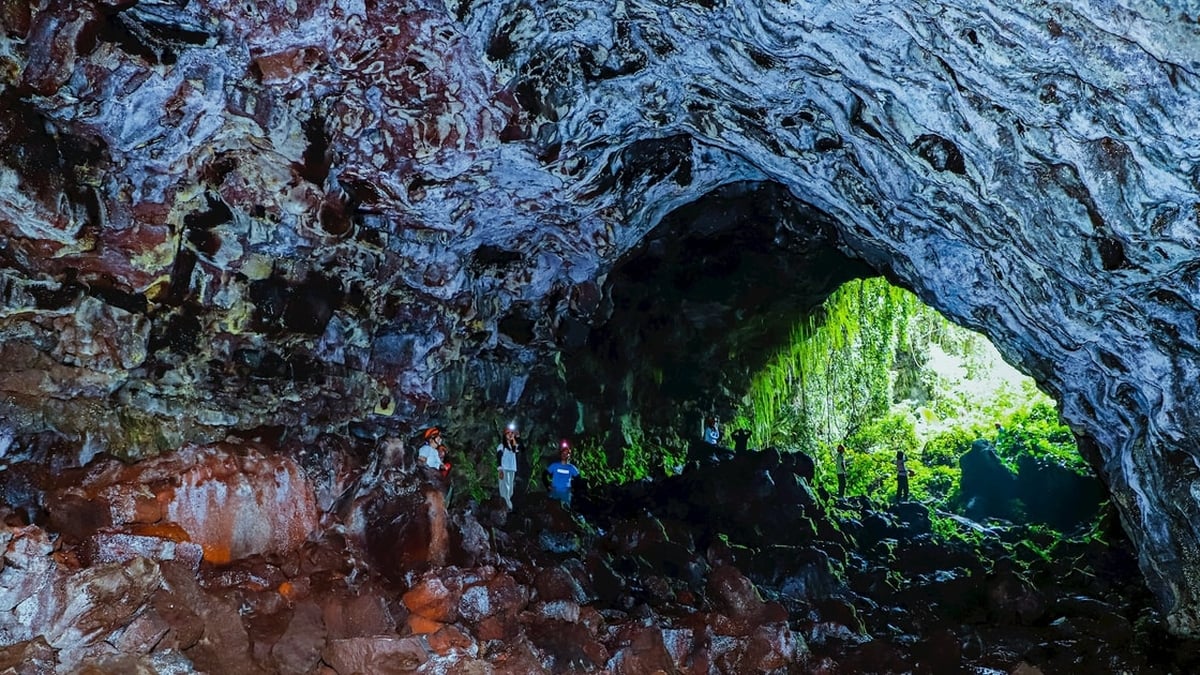

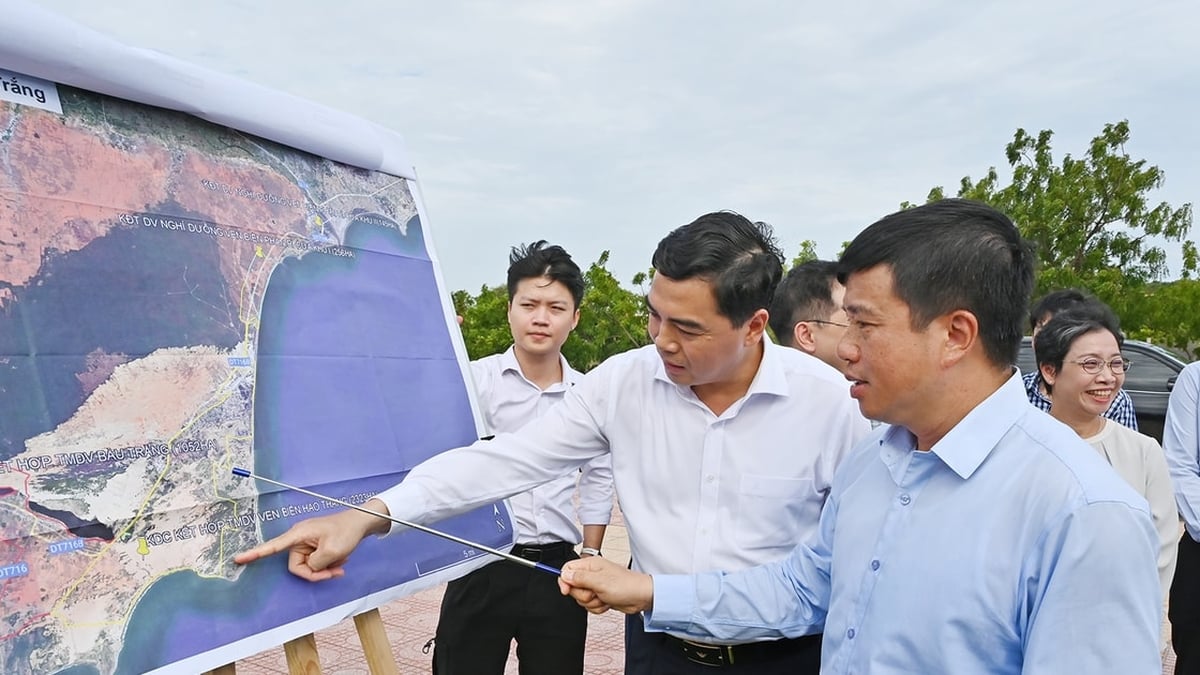
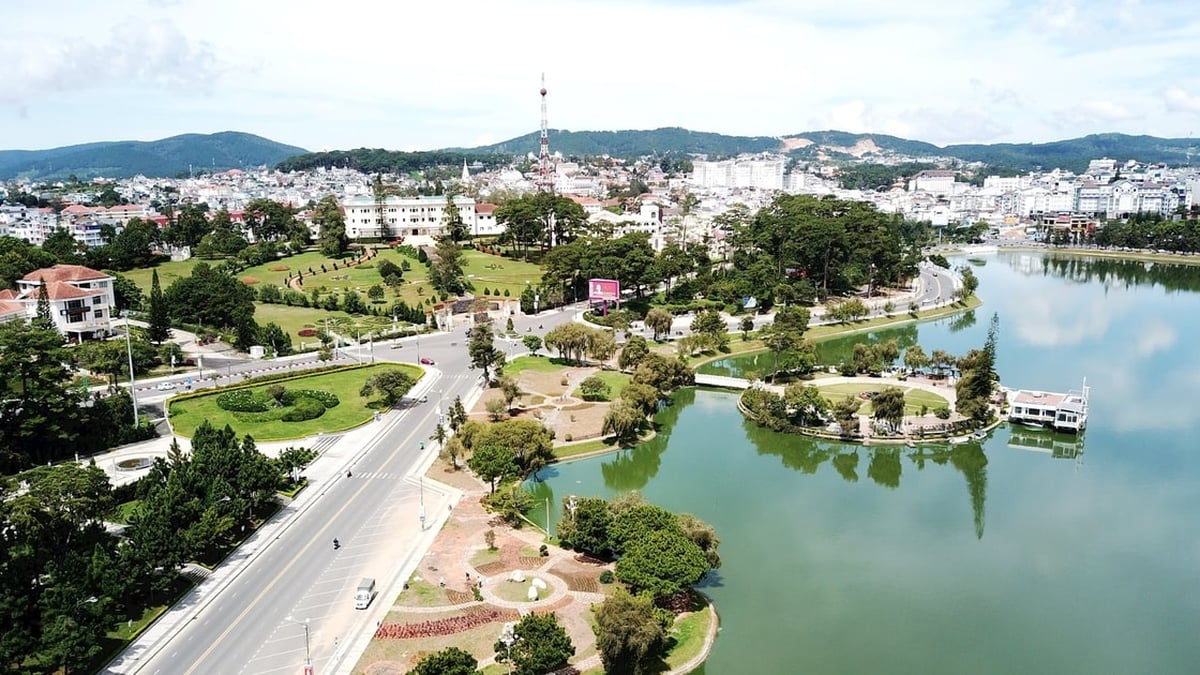

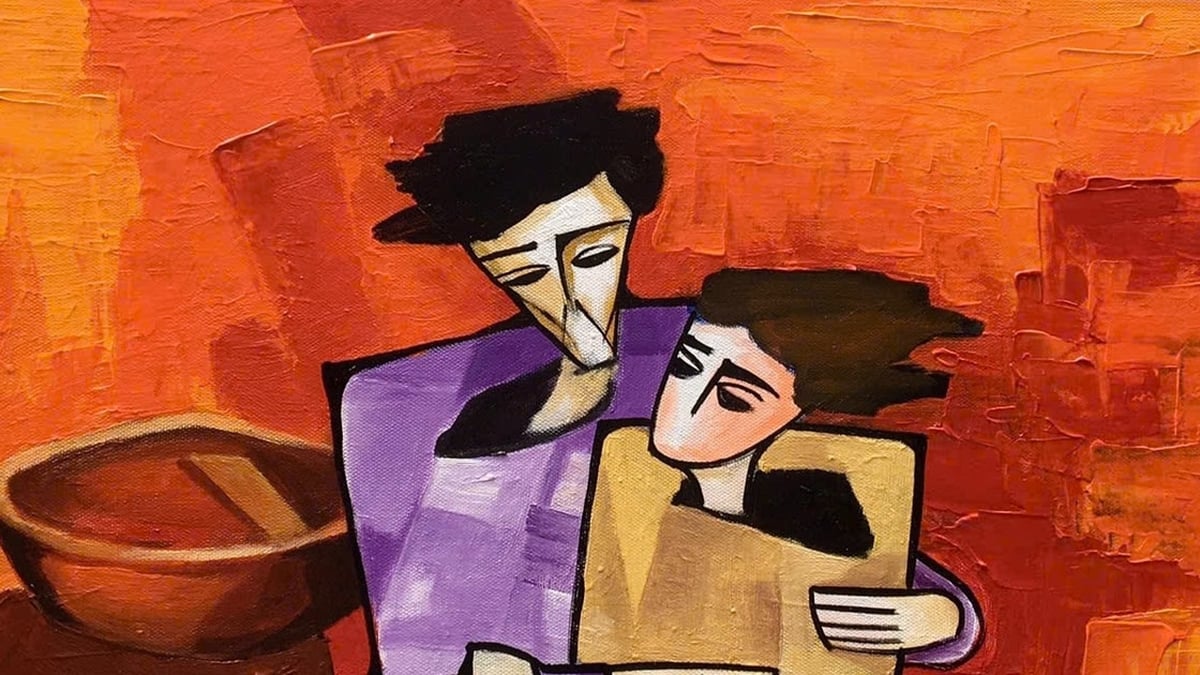
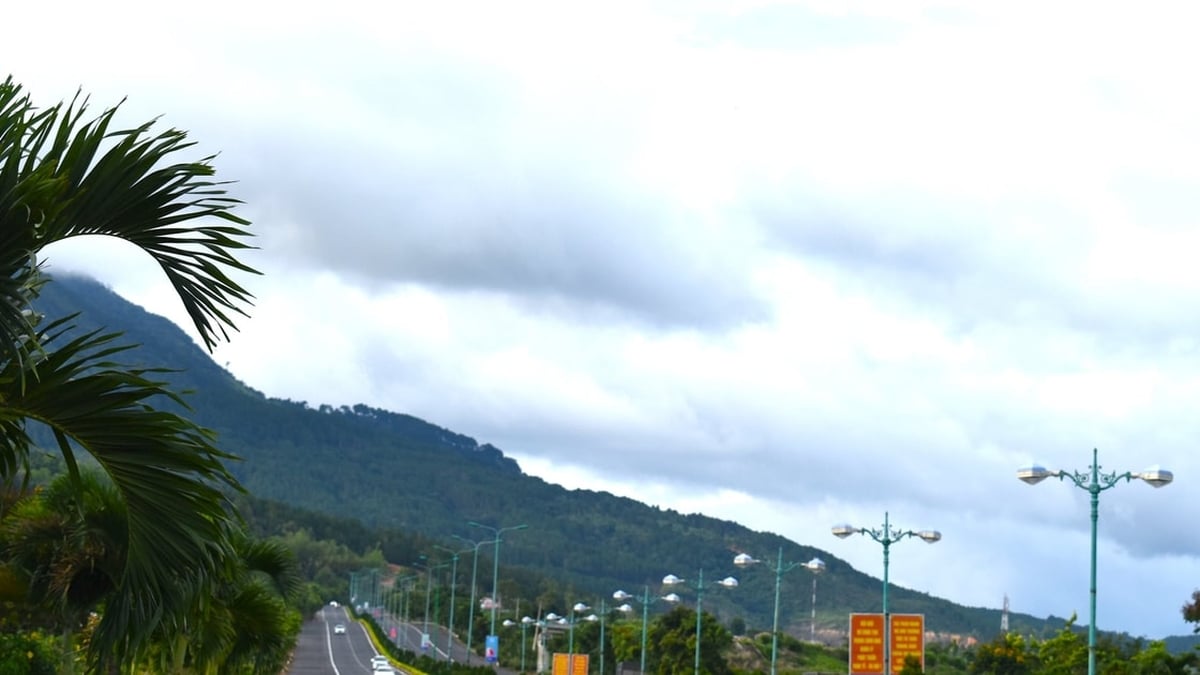





















































































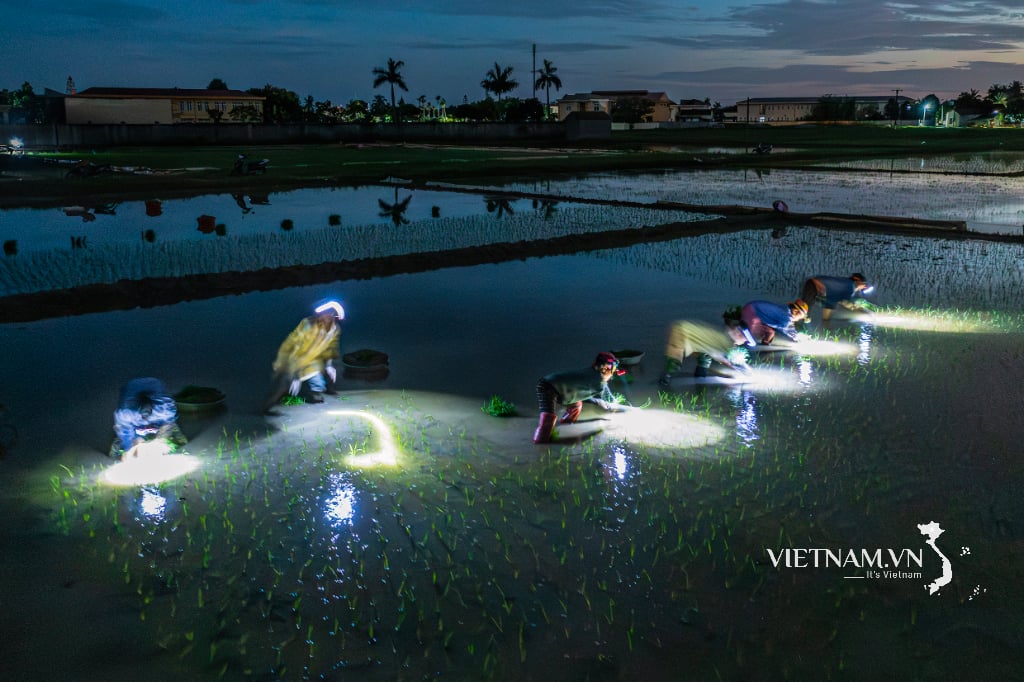



Comment (0)